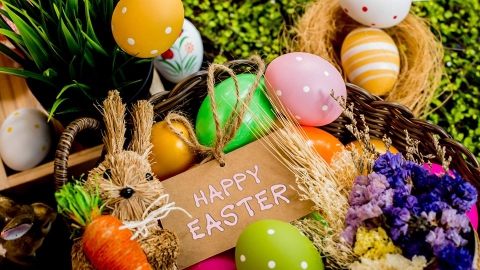Many ancient peoples believed that the universe was born from an egg, so the egg is a symbol of nature, of rebirth. In the Orthodox and Eastern Catholic Churches, Easter eggs are dyed red to represent the blood of Christ shed on the cross, the hard shell of the egg symbolizes the sealed tomb of Christ, the breaking of the egg symbolizes his resurrection from the dead.

On Easter Day in Paris in the 13th century, priests and young Catholics gathered in the squares, formed a procession into the church, and then scattered through the streets in search of Easter eggs. In some localities, Easter eggs were blessed by the priest at the end of the Easter Vigil and distributed to the faithful.

The decorated Easter egg is a vehicle for communicating the Easter message of renewal and vitality. Today we can use it to wish each other renewal and the new life of the Risen Christ.
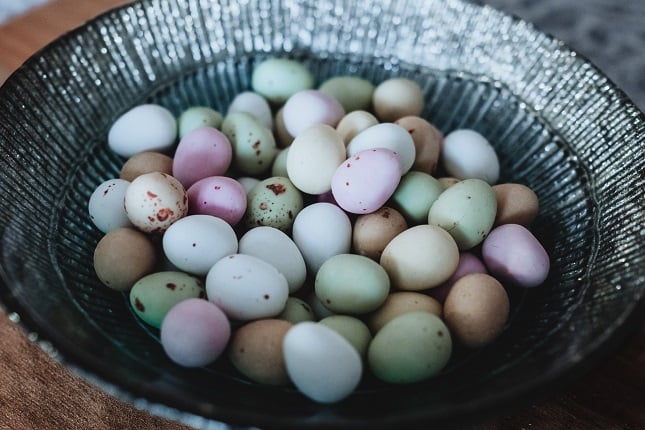
Nowadays, the forms of eggs have changed a lot. In many places, parents give chocolate eggs to children. Chocolate is heated to about 50 degrees and then put into molds, then taken out and painted with any shape. Chocolate factories now produce chocolate eggs in many sizes, colors and designs to serve customers.
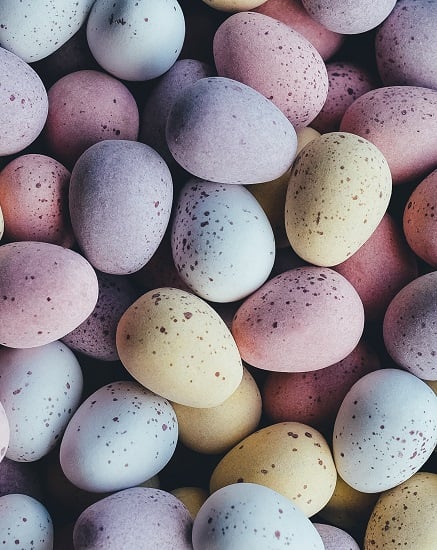
Also worth mentioning are the games with eggs: On Easter, children are taken to gardens or forests for the festival. Eggs are hidden in bushes, under the grass… for children to find. Later, there appeared plastic eggs, inside which there was a gift such as a cinema ticket, a free meal ticket…
Easter eggs in some countries
- In Central Europe, on Easter Vigil, after Mass, the Orthodox priest blesses the food baskets each family brings, which contain the food for tomorrow's feast: bread, cake, cheese, meat, and always a few eggs, sometimes painted on top.
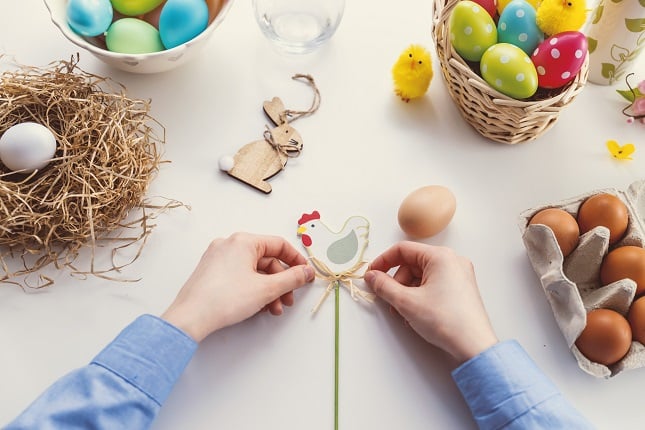
- In Belarus and Ukraine, on Easter Sunday morning, Orthodox Unitarians (who accept the authority of the Pope) cut an egg, so that there is enough for each person in the house, and each person eats it with great reverence.

The Orthodox observe Lent more strictly than Catholics: for seven weeks they do not eat any meat or animal fat, nor fish (except once in the middle of Lent), and then on Easter they eat eggs: thus, the egg ends Lent and is the first protein food of spring and becomes a sign of renewal and the herald of the Resurrection.
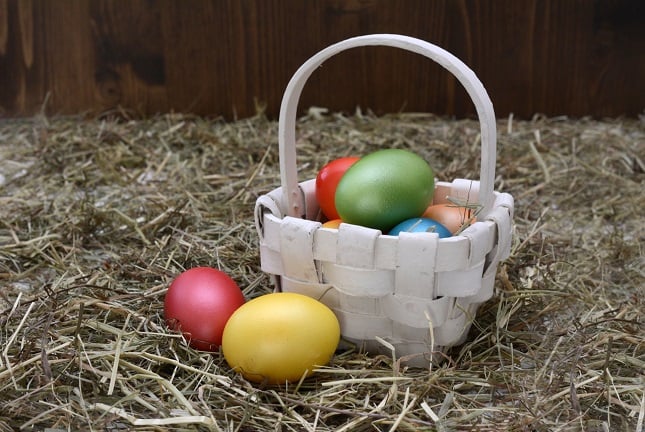
- In Romania, people hold an egg and "clink" it against the host's egg and celebrate him: "Christos a invitet"("Christ is risen"). People also often wrote letters on eggs and sent them to their loved ones.

From there arose the custom of sending Easter eggs to each other (sometimes with a religious message written on them, sometimes not), and formed a type of traditional folk art, with rules and symbolic meanings, more or less different depending on the region and place.























